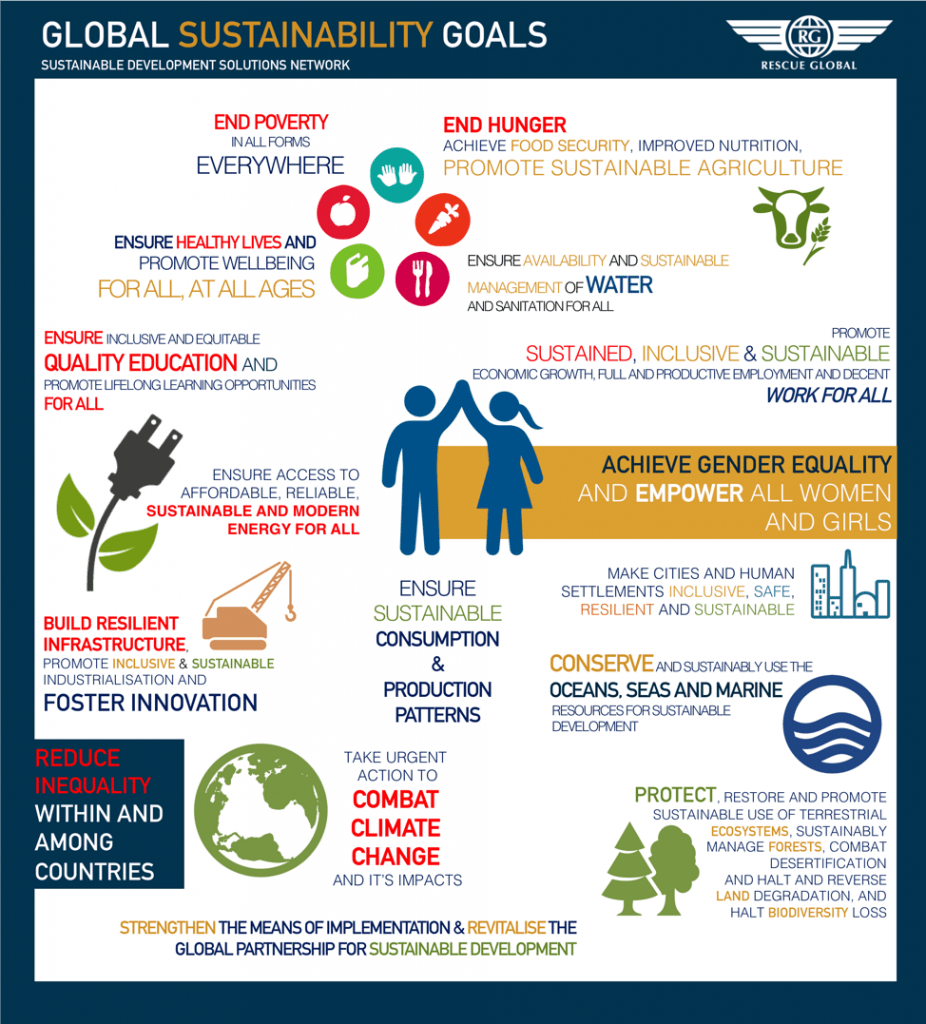I’ve spent the last 10 days and nights at protests across Seattle on police brutality in the aftermath of the killing of George Floyd and Breonna Taylor. But the demands of protesters go well beyond policing and criminal justice and stretch into areas of education, jobs, and voting rights.
Demonstrators are constantly speaking in ways similar to how we talk in this class.
“This isn’t about one thing, it’s about changing the entire system,” is a common theme I’ve heard from protesters I’ve talked to in my role as a reporter.
And this idea made me think about how this class is structured not about food in a vacuum, but instead of food as a system that is part of an even larger system. You can change one part of the system, but the change won’t truly be visible and rightful until the system is entirely overhauled.
For example, on the protest side, people are calling for Seattle Mayor Jenny Durkan to resign, but demonstrators note they will only replace her with someone similar and nothing will change for Black people in this city. This is not systemic change.

Mapping of the food and agriculture system showing its complexity. (Source: https://medium.com/@agwelker1/fixing-our-food-agriculture-system-with-systems-thinking-892893805df9)
And on the food side, one person can stop eating meat or consume more responsibly, but that won’t make a lasting dent in emissions from cattle. This is not systemic change.
Outlawing chokeholds and cutting police funding in half won’t make so much meaningful change for the Black community in changing outcomes. What is needed is economic assistance, educational opportunities, and justice for 400 years of wrongdoing that would start to make up for this country’s wrongs.
And similarly going vegetarian won’t get us substantively closer to a sustainable food system. What is needed is accountability, strict regulation of consumers, and likely a wholesale change in how people around the world consume food to get to the point where our antiquated structures are no longer harming our world.
The point is that true change isn’t as easy as one might think and that’s why it takes so damn long.






